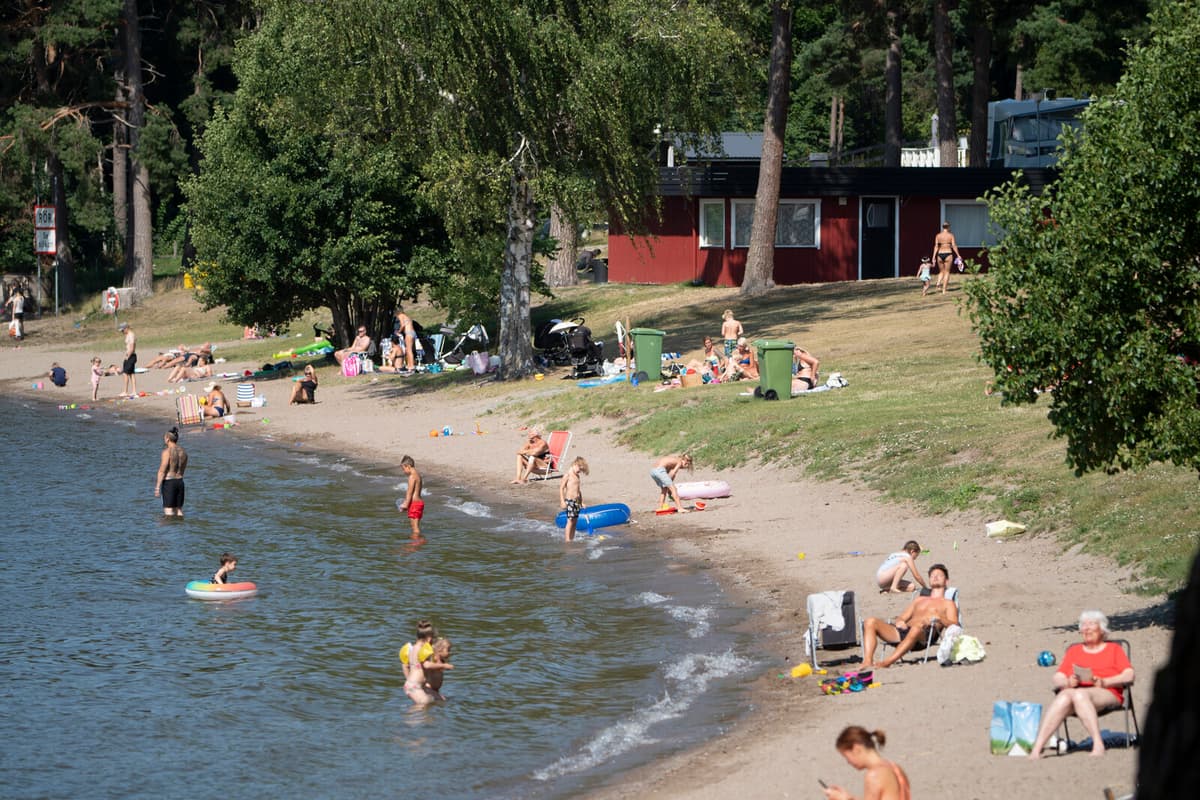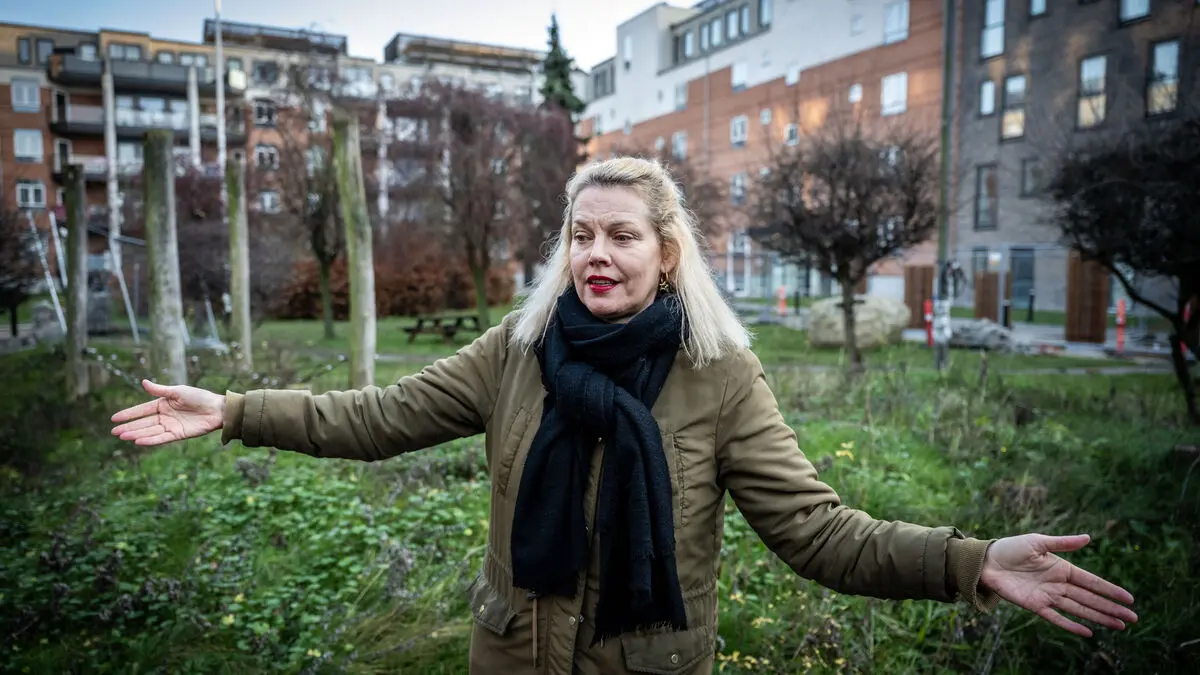The figure is a significant increase from July last year when 19 people died in drowning accidents. The last time so many people died was during the extremely warm and sunny summer of 2018, when 35 people died during the month of July, and before that in 2014 with 39 deaths.
In total, 71 people have died this year up to and including July, compared to 55 during the same period last year.
It's when the summers get warm that it takes off, says Mikael Olausson.
Many older men
Of the 30 dead, there are two children and two women. The rest are men and many of them are over 60 years old.
We can conclude that it is a trend that persists. We think it's a matter of behavior. Men probably bathe alone more often and overestimate their own ability to a greater extent, says Olausson.
In addition to the 30 dead, a Swedish citizen who drowned abroad in July has been mapped. There are also a handful of events where the circumstances are unclear, which means that the number of dead in drowning accidents may be written up.
Do not bathe alone
For the Swedish Lifesaving Society, they will continue to invest in communicating their advice to make both the public and the individual more aware of the dangers.
I hope people wake up to this statistics. When it comes to the individual, it's about taking the conversation home to the dinner table, especially with grandfathers and grandfathers.
Mikael Olausson also gives a kick to the municipalities.
Generally, we can conclude that municipalities are sloppy in making risk analyses of their public bathing areas. The same bathing areas, however, they gladly include in their marketing to attract tourists. But some do their homework, especially those certified as "A water-safe municipality". In Halmstad, for example, they have lifeguards at Tylösand, which we consider contributes very positively to the safety of that beach, he says.
Look for information signs that describe local conditions for the bathing area.
Always bathe together with someone. Swim/train/exercise where you have a bottom. Test your swimming ability – first indoors, then outdoors.
Non-swimming children and adults need constant supervision and should always be within arm's length of a swimming adult.
Make a schedule of who is in charge of the children. Do not take for granted that someone else is in charge. Do not let siblings and/or non-swimming adults supervise children.
Avoid drinking alcohol in connection with bathing.
Make sure to have flotation devices at hand if an accident occurs. Always use a life jacket when traveling on water.
Learn basic first aid for drowning as well as heart and lung rescue.
Alert immediately to SOS Alarm, 112, in the event of a drowning accident. Source: Swedish Lifesaving Society





